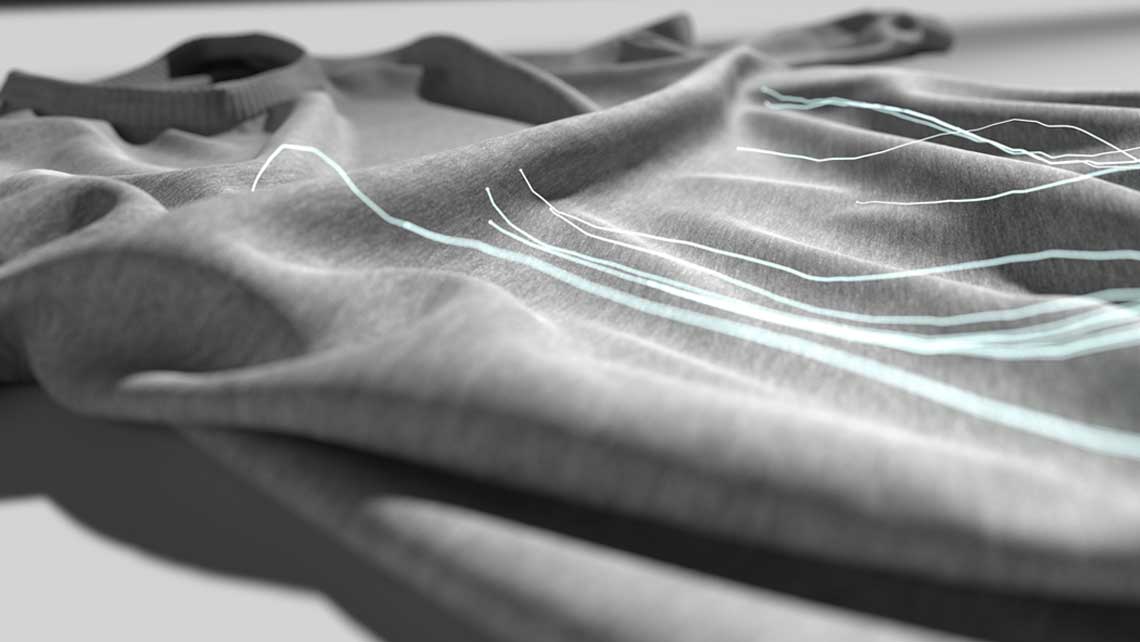The call for more sustainable alternatives within the fashion industry has never been clearer. Responsible brands are looking for ways to transition away from the widely used polyester and other synthetic fibers that rely on non-renewable fossil-based feedstocks. Cotton has earned a less favorable reputation due to its extensive use of arable land and water resources, rendering this natural fiber a less viable choice for future textiles.
Renewable cellulosic fibers have emerged as a solution. “Cellulose-based raw materials, such as viscose, have for some time already been an established part of the textile industry. However, there are sustainability concerns regarding the existing production methods. The industry is now focusing on innovative, emerging technologies for manufacturing man-made cellulosic fibers,” describes Riikka Timonen, Vice President of New Markets and Biomaterials at Kemira.
What sets cellulose apart as an exceptional raw material is not only its renewable, biodegradable, and safe nature, but also its versatility and potential for transformation. Harnessing this potential requires a deep chemistry know-how.
“Kemira has extensive expertise on cellulose modification, stemming from processes and products within the traditional pulp and paper industry. The chemical solutions necessary for manufacturing new cellulosic textile fibers are very similar to those used in papermaking.”
Weaving chemistry expertise into textile innovation
“Chemistry plays a big role in cellulosic textile manufacturing, all the way from processing the pulp to giving the fibers the needed functional properties, and even dealing with the wastewaters. Without chemistry, the new sustainable textile innovations would simply not be possible,” says Kaisa Karisalmi, Principal Scientist at Kemira R&D.
“And thanks to our long background with paper chemistry, we know the cellulosic matrix very well and have the needed expertise to treat the fibers and adjust their durability and other characteristics so that they meet the needs of textile production.” For example, Kemira has an array of hydrophobation agents that can be used to create resistance to moisture and water. These chemistries are based on renewable raw materials.
Kaisa acknowledges that chemicals have a bad name in the traditional textile industry, due to the past use of hazardous substances. Insufficient regulation and oversight, particularly in the mass-producing countries, have led to severe pollution. “The safety and sustainability of our products is at the core of everything that we do at Kemira. As the cellulosic textile value chain continues its evolution, we are well-equipped to aid the emerging companies in the field with our deep expertise in safety and compliance, drawn from our decades of experience,” Kaisa says.


